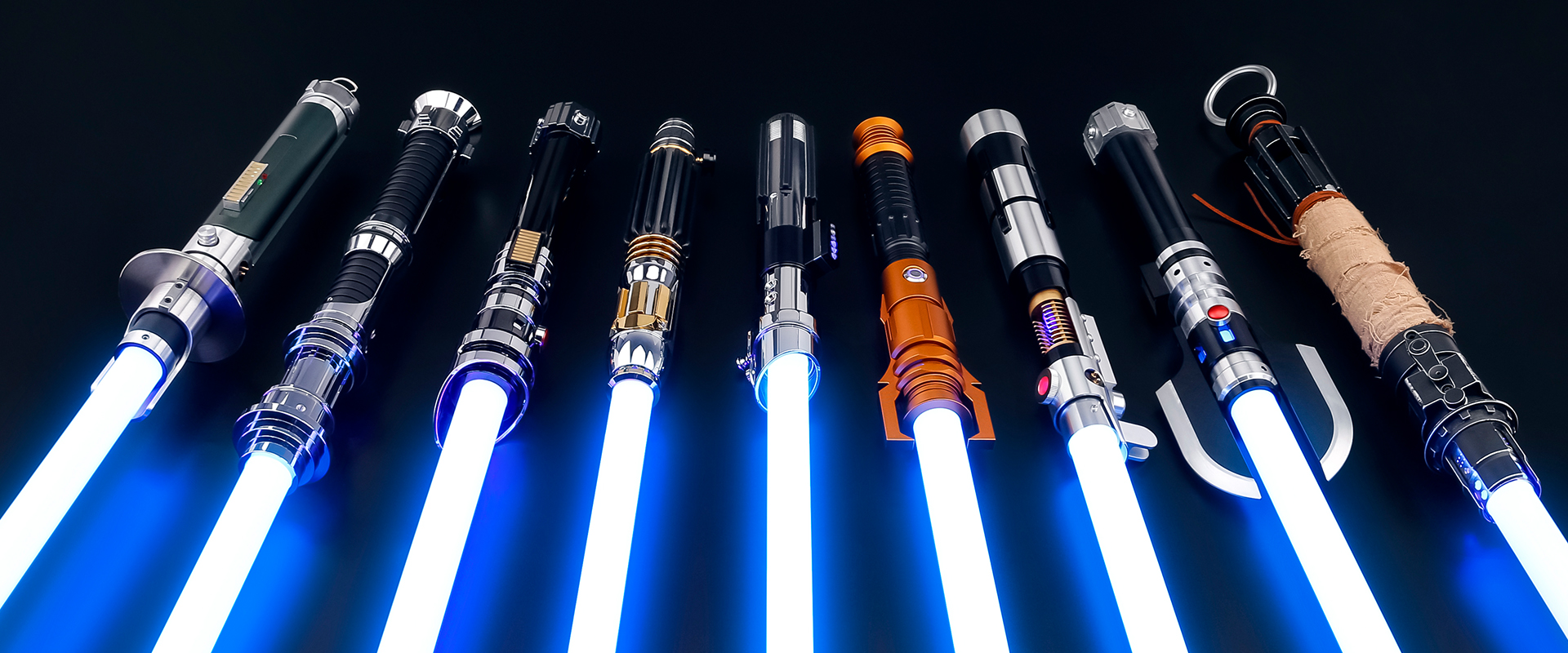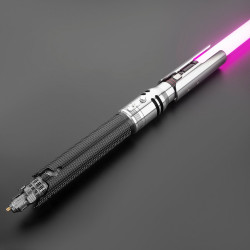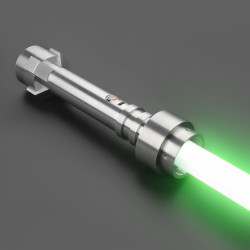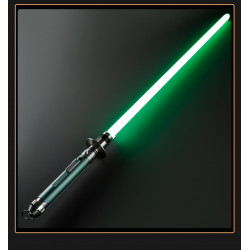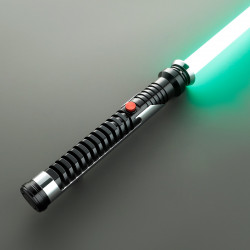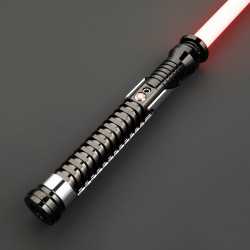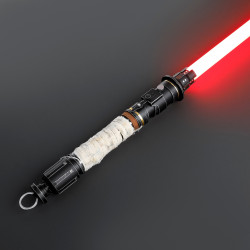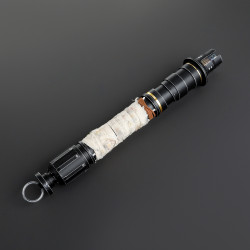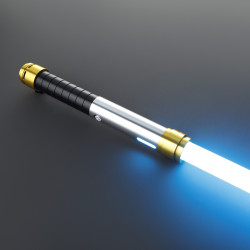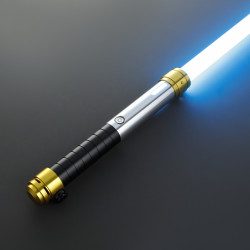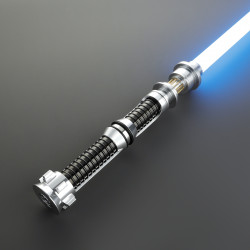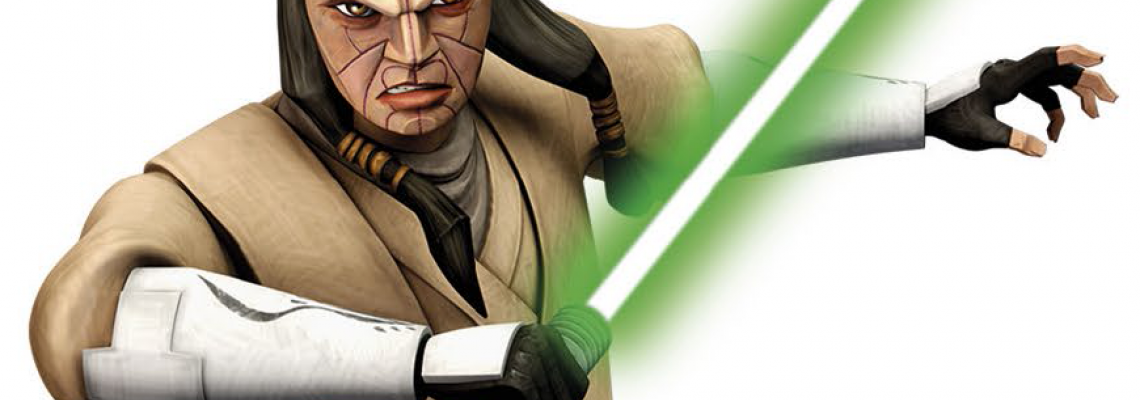
Jedi Guardian: Defenders of the Republic and Masters of Combat
1. What is a Jedi Guardian?
Along with the Jedi Consular and Jedi Sentinel, a Jedi Guardian was one of the three main branches of the Jedi Order. Jedi Guardians, who were regarded as the light side counterparts of Sith Warriors, were well-known for their skill in battle. Although it was first explicitly recorded by the Guardian Jedi ace Crix Sunburris in The Jedi Path: A Manual for Students of the Force, their function within the Order has essentially remained constant throughout history.
2. The Role of Jedi Guardians
Jedi Guardians fought more often than the other two Jedi classes, the Sentinels and the Consular, and primarily focused on combat and martial training.
They were derived from the founders of the Order on Tython, who were entrusted with enforcing the Galactic Republic's rules and safeguarding the weak. The lightsaber, the emblematic weapon of the Jedi Order, was frequently seen as being represented by the Guardians.
Though it was not a rigid requirement, Jedi Knights who opted for the Guardian route, devoting all of their time and energy to honing their fighting abilities, frequently built their lightsabers with blue crystals, signifying solidarity and togetherness among this class. Master Crix Sunburris suggested practicing with a lightsaber, sprinting, and unarmed combat for three hours per day.
This was particularly important in the early years of the Republic, when there was a lot of violence and instability, but the Guardians played an even more significant role after the Ruusan Reformation. The Jedi were forced into the role of protecting the Republic after the Republic Army was disbanded. Along the Outer Rim and the boundaries of Wild Space, where slavery and criminality were pervasive, the Guardians patrolled nonstop, collaborating closely with local law enforcement in sectors and systems. Guardians frequently carried wrist binders for conducting arrests, even if they were armed with the usual Jedi equipment.
The most accomplished and educated Jedi Masters were given the title of "Warrior Master," despite the fact that the Guardian class had numerous sub-branches. Legend has it that approximately 4000 BBY, two Warrior Masters and two Sage Masters founded the Jedi Temple on Coruscant. At the end of the Processional Way, at the main entrance, are bronze statues honoring these four Masters.
3. Jedi Guardian Divisions
The four primary branches of the Jedi were Jedi Weapon Master, Lightsaber Instructor, Jedi Ace, and Jedi Peacekeeper. Each branch offered various options for Jedi to hone their unique talents.
3.1 Jedi Weapon Master
3.1.1 What is a Jedi Weapon Master?
Jedi Weapon Masters were Jedi Masters that were trained under the Jedi Guardian's special training section and focused on studying physical combat utilizing the Force, especially with exotic weapons or unique fighting tactics.
3.1.2 Overview
Although they had always been limited in number, some of the Jedi Order's best combatants, known as Weapon Masters, had been around for generations. Although the title was officially used previously, the prerequisites for becoming a specialist were not thoroughly specified until Crix Sunburris, a Guardian Jedi ace, described them in The Jedi Path: A Manual for Students of the Force.
Weapon Masters put their lightsabers aside and spent years perfecting their chosen weapon. They were well-respected both inside and beyond the Jedi Order for their knowledge. The Jedi High Council recognized a person as a Weapon Master if they were proficient with weapons like the double-bladed lightsaber, lightsaber pike, quarterstaff, San-Ni staff, whips, or flails. The ability to use one's body as a weapon or expertise with ranged weaponry like blasters were other requirements for this title.
Weapon Masters proliferated during protracted wars like the Great Sith War and the Great Hyperspace War. Nevertheless, they grew less common in the Order following the Sith's alleged demise. It was unknown if any had survived the Great Jedi Purge.
Jedi Masters Vodo-Siosk Baas and Thon were prominent Weapon Masters in the Great Sith War era. Following the Ruusan Reformation, Raskta Lsu was one of the most well-known Weapon Masters.
The old San-Ni staff was later a specialty of Master Waldan Bridgers. Prior to the Clone Wars, Anoon Bondara, Mace Windu, and Sora Bulq were some of the best-known Weapon Masters of their era.
3.2 Lightsaber Instructor
3.2.1 What is a Lightsaber Instructor?
A lightsaber instructor is a Jedi who specializes in teaching and training other Jedi in lightsaber fighting. Usually, Jedi Masters, these teachers are highly skilled in advanced dueling tactics and the seven types of lightsaber fighting. Jedi academies frequently employ lightsaber instructors who guide trainees in honing their fighting skills from fundamental methods.
3.2.2 Overview
Guardians who practiced lightsaber training were those who developed their skills on the battlefield or during extended expeditions to the Outer Rim Territories, learning all seven types of fighting. The idea of lifelong teaching was rejected, and teachers had to demonstrate their proficiency through a battery of tasks and assessments. The Jedi High Council formally appointed each instructor, who was a Jedi Master who had been recommended for the position by the academy's top instructor and current battle master. By moving from Form I to Form VI lightsaber forms, these instructors imparted their wisdom to their students.
The Jedi Temple on Coruscant had a single Battle master in charge of all instruction prior to the New Sith Wars. But after the Sith threat was eliminated, many Jedi Lords and generals took on the moniker of Army of Light when it was formed to combat the Brotherhood of Darkness.
Many of these Jedi gave up their titles and became instructors after the war ended in a Jedi victory, while others were sent to satellite training facilities where they oversaw combat education and answered to Master Skarch Vaunk, the primary battle master on Coruscant.
Luke Skywalker would later rediscover the title and bestow it onto Jedi Master Kyle Katarn in 13 ABY, following the Order's restructuring, even though it had become obsolete after the Jedi Order was disbanded and Battle master Cin Drallig died in 19 BBY.
In order to oversee training at the Academy of Ossus, Master Katarn succeeded Master Kam Solusar, who had unofficially served the position at the Jedi Praxeum on Yavin 4 when the New Jedi Order was still in its infancy.
3.3 Jedi Ace
3.3.1 What is a Jedi ace?
To become a Jedi Guardian, a Jedi Knight could pursue a particular career route called a Jedi ace. Each ace was a Jedi Starfighter Corps member, combining their Jedi affiliation with their mastery of flight to execute risky and often impossible maneuvers to defeat adversaries or avoid destruction.
For Jedi who followed this route, space combat was mastered through training in specialized starfighters. Aces served with both the Republic Navy and the Army of Light during the New Sith Wars. However, with the Ruusan Reformation, the Republic's armed forces transformed. Non-hyperspace-capable ships were now transported by sector and planetary troops, but the aces still performed their duties with distinction. In The Jedi Path: A Manual for Students of the Force, Jedi Master Crix Sunburris wrote a section that formally defined the role of the aces within the Jedi Order.
3.3.2 Overview
Aces used a force bond known as a Force meld, which connected two or more brains to coordinate attacks to use instinct and faith in the Force to win battles. The aces' friends also regularly used battle meditation, which became pilots' extensions of the coordinator's offensive tactics. In addition to using the Force to improve their flying, some Jedi aces also used it to distort or distract their adversaries. After using this strategy once in a dogfight with Imperial forces, Luke Skywalker began to question whether it was on the verge of being sinister.
The battle against the Sith and other evil forces was fought with pride by numerous Jedi from both the Old and New Jedi Orders. The future ace Anakin Skywalker was awarded a patch by Corps member Master Shaptives for his valor at the Battle of Naboo in 32 BBY, prior to his formal Order membership. In her later edition of The Jedi Path, Padawan Ahsoka Tano revealed that she had aspirations to become a member of this exclusive group, but she was never able to do so because of her split from the Jedi Order and the Great Jedi Purge that followed. Kyp Durron, Corran Horn, Grand Master Luke Skywalker, his wife Mara, and their niece Jaina Solo were all considered to be some of the most excellent pilots the Jedi Academy had ever produced after the Order was restored.
3.4 Jedi Peacekeeper
3.4.1 What is a Jedi Peacekeeper?
Within the Jedi Order, one of the most popular specialties was Jedi Peacekeeper. The Jedi Guardian branch of the Order was responsible for this function. In his book, The Jedi Path: A Manual for Students of the Force, Jedi Ace and Guardian Crix Sunburris initially established the values that these people adhere to.
3.4.2 Overview
The Jedi Temple was the headquarters for the Peacekeepers stationed on Coruscant; many of them were members of the Temple Security Force. Their responsibilities included guarding the Temple Precinct and the civilians who resided there and preserving the Temple's inhabitants and artifacts.
Jedi Master Tera Sinube and Jedi Gate Master Jurokk were notable Peacekeepers.
